What do you think of when you think of the Costa Brava?
Sun, sea and sand perhaps? Or days on the beach and warm evenings eating fresh fish al fresco and sipping something cool. Maybe you’re more active and thinking of scuba diving, fishing or sailing.
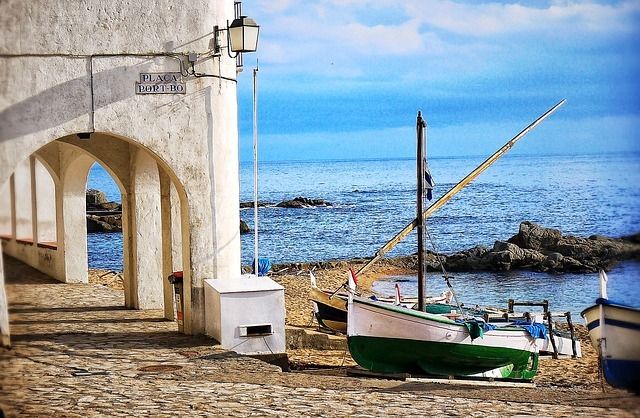
Or you could be one of the many cyclists who visits Girona and the surrounding area to get firsthand experience of the training routes used by the pros.
Maybe none of this is you, but most people thinking of the Costa Brava don’t think of winter days with cold nights. Or huddling around a log fire to keep warm. Of frost, even snow. Instead of imagining the cosy warmth and smell of wood smoke upon entering a restaurant, they know feeling of shade to escape the heat.
For many, the Costa Brava exists mentally as a place of eternal summer. After all, that is what most visitors to the region experience. But nothing could be further from the truth. Temperatures can plunge well below zero and when the Tramuntana blows off the Pyrenees, can chill you to the bone.
That doesn’t sound like much fun, but having lived in Catalonia since, I love the winters here. During the summer I swim and snorkel off the nearby beaches and at home live out on the terrace. But the winter is completely different and I welcome the change.
There are far fewer people, which benefits both locals and tourists alike. Day-to-day life becomes easier and the traffic problems you get during summer on the coast are mainly non-existent during winter.
Surrealist art
Fewer tourists positively impacts the queues for the Salvador Dalì museum in Figueres massively. One of the most visited museums in Catalonia, it becomes tremendously busy in the summer when queues for the ticket office extend around the block. The museum during summer is packed with tourists.
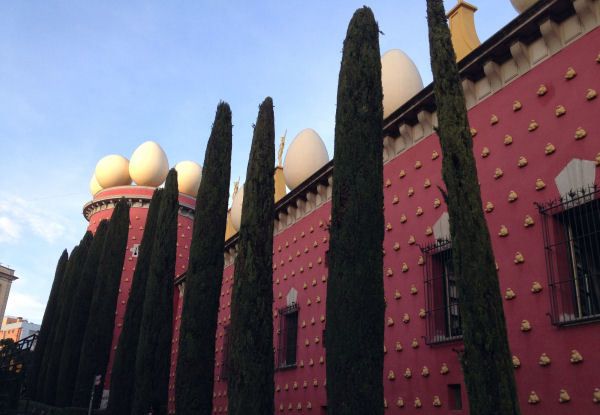
Head there in the winter and you’ll have an entirely different experience. You’ll almost certainly be able to enter the museum without queuing and able to enjoy a rather more leisurely tour of Dalí’s artworks.
The museum in Figueres is one of three museums devoted to the great surrealist in the province of Girona. The others are at Portlligat, near Cadaqués, and Púbol.
Eating
While many restaurants close their doors outside the busy summer season, those that are open year round are less busy too. You generally won’t have to wait for a table and with fewer tales to serve the staff aren’t so rushed off their feet.
Because food is more seasonal than in the UK, some ingredients are only available during certain times of the year. My favourite are calçots, giant spring onions grown in the south of Catalonia which are served throughout.
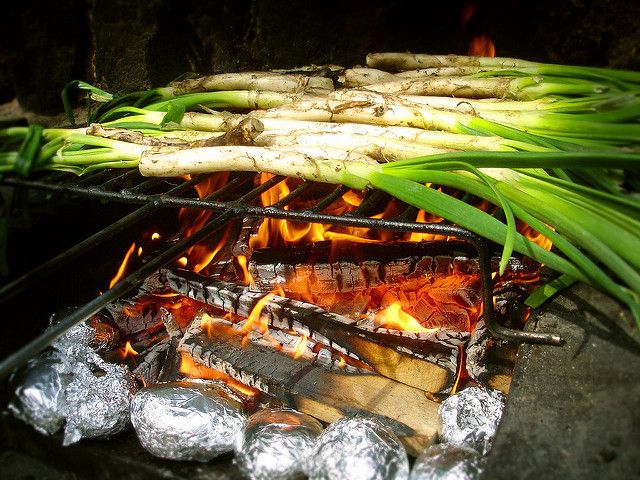
Calçots are grilled on a wood fire until they are black and in restaurants often served in curved roof tiles. To eat them you strip off the blackened outer layer, dunk the tip in a special sauce and eat it with your hands.
Often a selection of grilled meats are served afterwards, but I’m happy with the calçots and pa amb tomaquet (bread smeared with tomato, salted and drizzled in olive oil) for a hearty lunch. The onions are at their peak in January and February.
The holiday season
The holiday season throughout Spain starts much later than in the UK, with Christmas decorations and the shopping season really beginning in December. Things only start to get underway with the feast of the Immaculate Conception on 8th December.
This is also when many families start to decorate their houses. Traditional decorations include a nativity scene and a Christmas log called Tió de Nadal. The nativity scene usually contains a caganer, traditionally the figure of a Catalan peasant but now often depicting well known faces. The figure is in rather a specific pose, as you can see below:
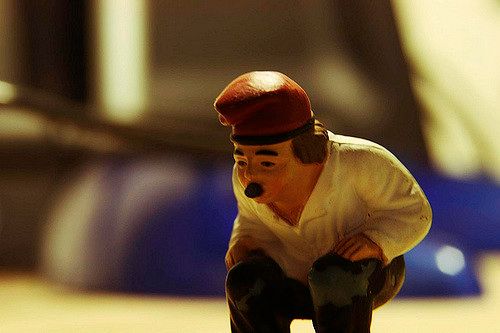
You find caganers in nativity scenes throughout Catalonia, including pessebres vivents. In these living cribs villagers dress up as nativity characters and stand stock still. You can visit pessebres vivents in Pals, Perelada, Castell d’Aro and other villages inland.
Continuing the scatological theme, Tió de Nadal is also known as Caga Tió or Poo Log. Caga Tió has a smiling face, legs and wears the traditional red Catalan hat. On Christmas Eve kids beat the log with a stick to make it, well, poo its contents. Within it are nougat, sweets and other things loved by kids. Yes, really.
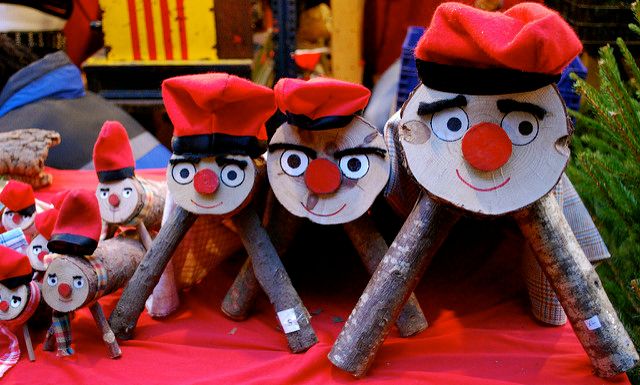
Christmas Eve was traditionally celebrated by a meal of soup with pasta followed by meat. It’s real peasant food but delicious. Today many families eat turkey and all the trimmings on Christmas Day.
New Year is celebrated like elsewhere in the world with food, drink and merrymaking. Twelve grapes are eaten at midnight, cava served and the celebrations continue well into the early hours.
But the holiday season still isn’t finished. The evening of 5th January is celebrated with a procession through the streets celebrating the arrival of the Three Kings, who shower kids with sweets. The following day is Epiphany and when children receive presents. That finally marks the end of the holiday season for another year.
David Leigh writes for Costa Brava Lifestyle.